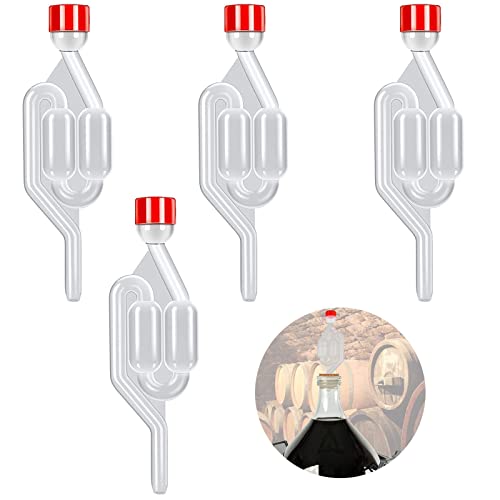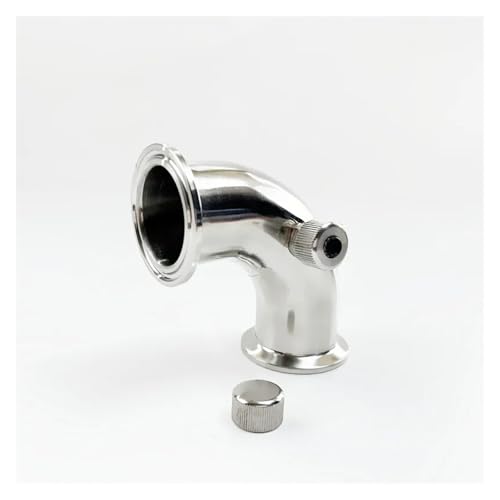artiums_enteri said:
show the differences between a lager and an ale. I think a lot of people get confused thinking "lager" refers only to a recipe forgetting that a totally different culture of yeast is the main factor.
We don't actually brew lager :shock:
We (or the yeast) make beer, what we then do with that beer determines if it in an 'ale' or a 'lager'.
As for a lager in a traditional German bar, and they'll show you the fridge . . . Lager in German means to store (usually cold store) . . . So any beer can be 'Lagered', and indeed make a trip to the continent and seek out the local breweries and you will find a huge range of beers, all of which have been lagered, from the pale Helles right up to the Mai bocks and o'fests, and schwarzbiers. . . . There is more variety of styles to be found in 'lager' beer than in 'ale' beer, but due to the widespread user of the term 'lager' to mean 'pilsner' (and probably inappropriately linked to ASB's and eurofizz trash - budmilloors and carlsberg), most associate it with a pale fizzy cold alcoholic beverage . . . it's not

Just for clarification if I took my blonde ale recipe and swapped the 1056 yeast for a lager strain, I would have an American lager. The recipe doesn't change.
However, if you didn't change the temperature you fermented at, that lager yeast would throw some very fruity esters, producing a 'ale' like beer. In fact fermented warm 'lager' yeasts tend to throw much more esters than an ale yeast fermented cooler.
However this is way too much for the OP, who just needs to ferment the pils kit he has at cooler temperatures to produce a pseudo lager (and actually a pretty damn nice one). With time and experience then he may well want to look at getting a cleaner profile.
One thing we don't worry too much over here is what style is this beer.













![BREWING THERMOMETER STICKERS ACCURATELY MONITOR FERMENTING BEER & WINE LIQUID TEMPERATURES 5PCS HOME BREW SPIRITS WINE LCD ADHESIVE [US]](https://m.media-amazon.com/images/I/311DDjo2X3L._SL500_.jpg)





























